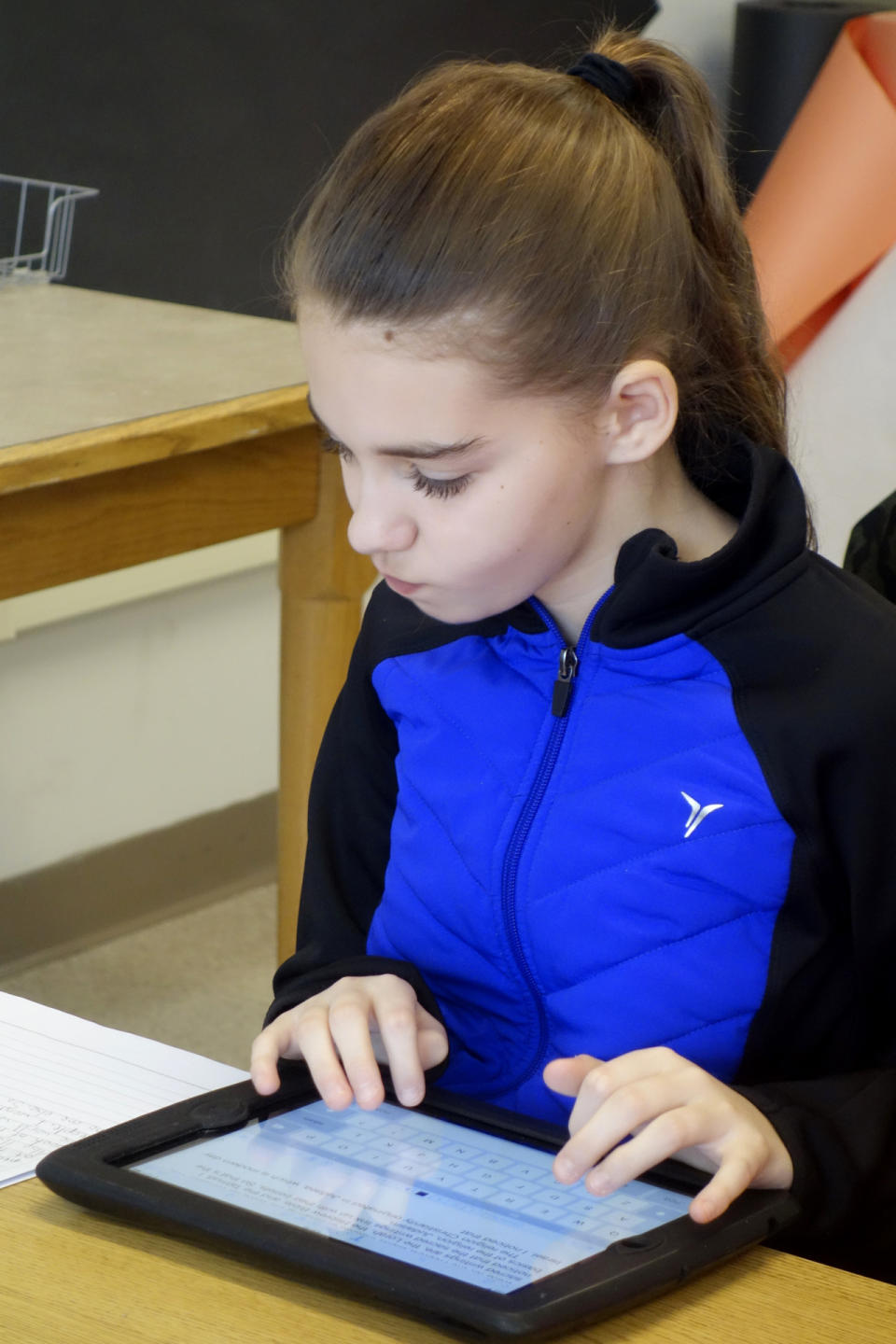One-fingered typists aren't actually slower than the rest of us

Once upon a time, if you hadn’t learned to type properly there’s no way you could have kept up with a professional typist.
But new research has shown that these days, people who don’t type ‘properly’ aren’t actually that much slower.
While our predecessors might have learned to ‘touch type’ in classes, now computers, tablets and smartphones mean that nearly everyone types, and most of us teach ourselves in a ‘nonstandard’ style.
But despite a lack of formal teaching, ‘nonstandard’ typists aren’t actually that much slower than lightning-fingered professionals.

Everyone’s a typist - iPads and phones mean everybody types nowadays (Pictures: Getty)
Researchers Gordon Logan, Centennial Professor of Psychology at Vanderbilt, research assistant Jana Ulrich and doctoral student Dakota Lindsey, studied 48 typists, half of whom said they were ‘standard’ and half nonstandard.
And while touch typists had the edge at 80 words per minute, ‘nonstandard’ typists could type nearly as quickly and accurately, averaging 72 a minute - as long as they could see the keyboard.
MORE: Everyone thought this adorable kitten was too ugly to be adopted - but they were wrong
MORE: Sssurprise! Driver shocked when snake suddenly emerged from the front of the car
“According to basic psychological laws that govern fine motor skills, the typing style that uses the most fingers consistently should be the fastest and most effective,” said Logan.
“Our study confirmed the theory by determining that touch typists have a definite edge in speed but we also found that nonstandard typists can type almost as quickly and accurately as touch typists as long as they can see the keyboard.
“We even had one two-finger typist who could manage 60 words per minute. That is good enough to pass a typing proficiency test.”

Eyes on the screen - nonstandard typists have to see the screen
The researchers’ paper “Different (Key)Strokes for Different Folks: How Standard and Nonstandard Typists Balance Fitt’s Law and Hick’s Law” was published online by the Journal of Experimental Psychology: Human Perception and Performance.
The researchers also looked at how typists’ performance changed when the keyboard was covered up - discovering that nonstandard typists rely on their vision much more than standard typists.
When the keyboard was obscured the speed and accuracy of nonstandard typists dropped while that of standard typists remained about the same.
Although relying on seeing the keyboard helps nonstandard typists go faster, they can’t watch the keyboard and screen at the same time and don’t catch as many errors as they type.

 Yahoo News
Yahoo News 
